May 5, 2018
We didn’t know what to expect at the Oklahoma City National Memorial Museum, but we experienced a collection of very well organized and moving exhibits.
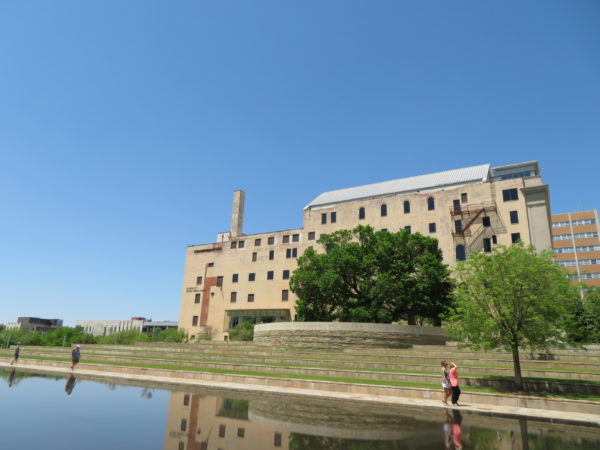
The museum is housed in the building formerly occupied by the Journal Record newspaper which was across the street from the Alfred P. Murrah building.
The Alfred P. Murrah building was constructed in 1977 and housed federal agencies including the Social Security Administration, Housing and Urban Development, Secret Service, Department of Veterans Affairs, Drug Enforcement Agency, and Alcohol and Tobacco and Firearms as well as a daycare center. Murrah, for whom the building was named, was orphaned as a boy and, after stowing away on trains, he began working for a farmer. He talked his way into local schools and graduated with honors from high school and the University of Oklahoma. He became the youngest man ever to be appointed a U.S. District Court judge. He subsequently served on the U.S. District Court of Appeals for thirty years.
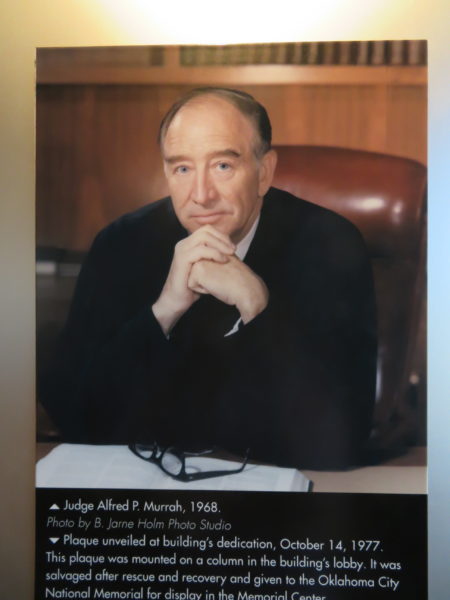
The Murrah building in Oklahoma City was bombed April 19, 1995, collapsing nearly half of the building. Nine nearby buildings were destroyed, 25 more were seriously damaged, and 325 more suffered less severe damage. 168 people were killed, including 19 children. 800 others were injured.
The Museum reminded us that the day started just like any other. We entered an exhibit that represented a conference room in a building near the Alfred P. Murrah building. We listened to a recording of the beginning of a hearing concerning water use. Two minutes into the recording, we heard the sounds of the explosion and the doors of the room opened to the next exhibit.
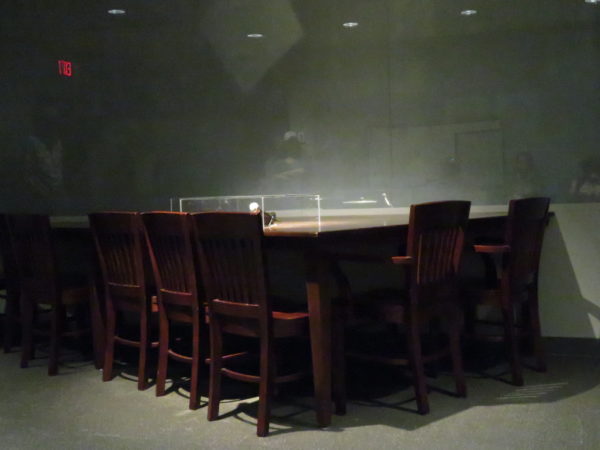
We saw many artifacts recovered from damaged areas.
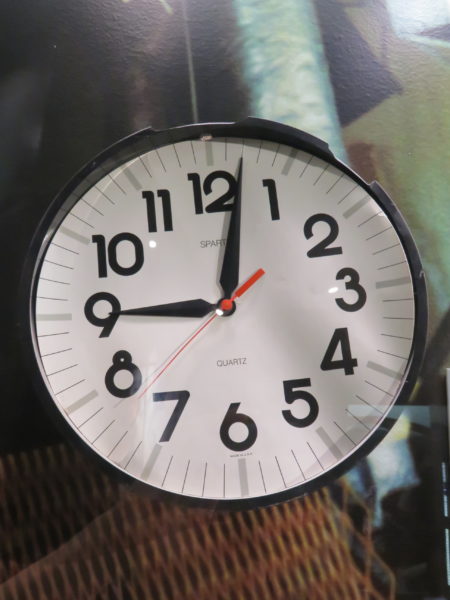
A clock from the building across the street from the Murrah building.
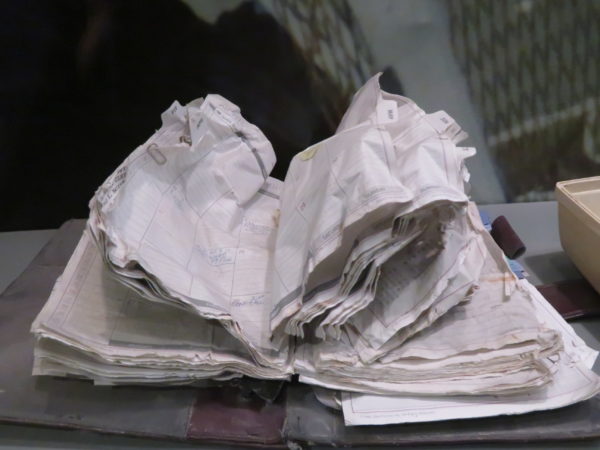
The desktop calendar of Terry Smith Rees, HUD supervisor on the 7th floor. Rees was killed in the bombing
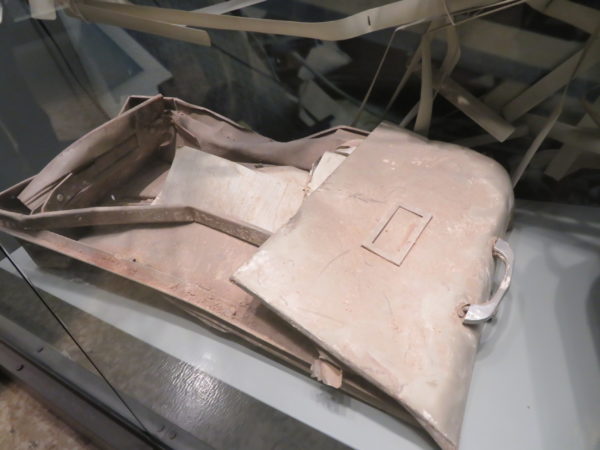
A file drawer recovered from a HUD office on the 8th floor
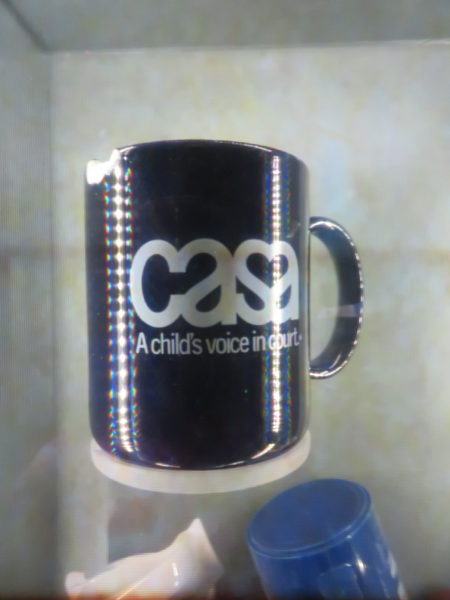
Mug belonging to Fran Ferrari, a survivor from Journal Record building
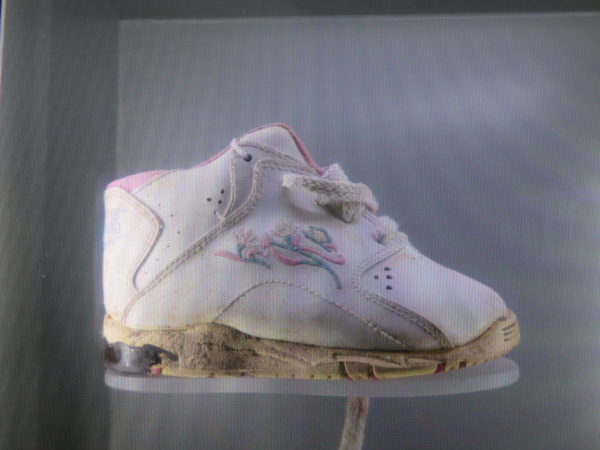
A shoe belonging to Ashley Eckles, killed in the bombing.
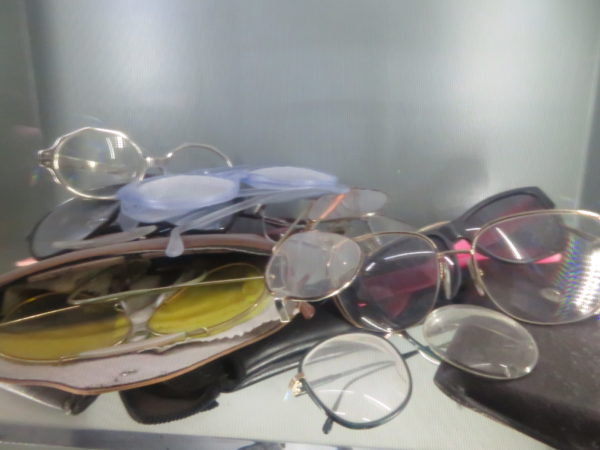
Eyeglasses
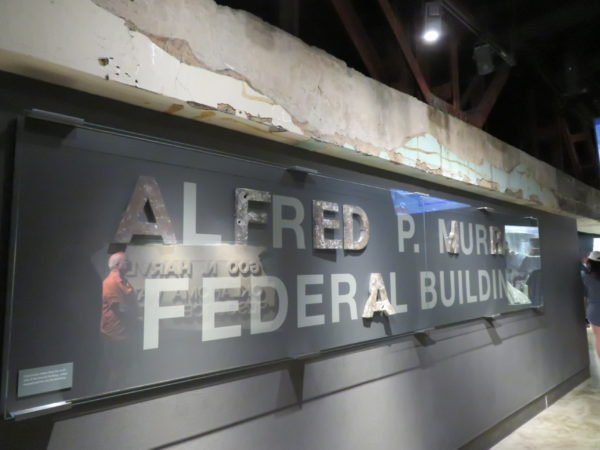
Cast bronze letters from the north side of the building, pitted, warped, and torn by the bombing
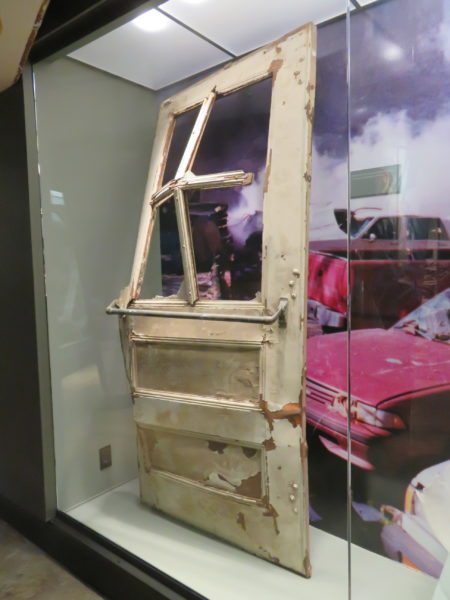
A metal door from the Journal Record building
An area of the Journal Record building has been left unrepaired. It was a men’s restroom and a managing editor’s office.
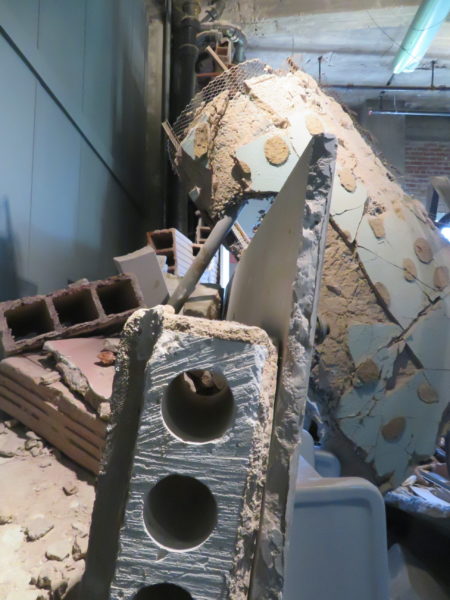
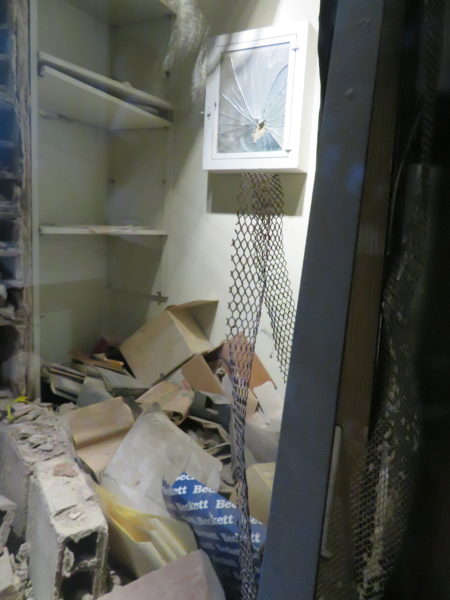
Another section of the museum shows how evidence was collected and how it contributed to the convictions of Timothy McVeigh and Terry Nichols. Investigators determined that explosives packed in a rented Ryder truck had been used to cause the devastation.
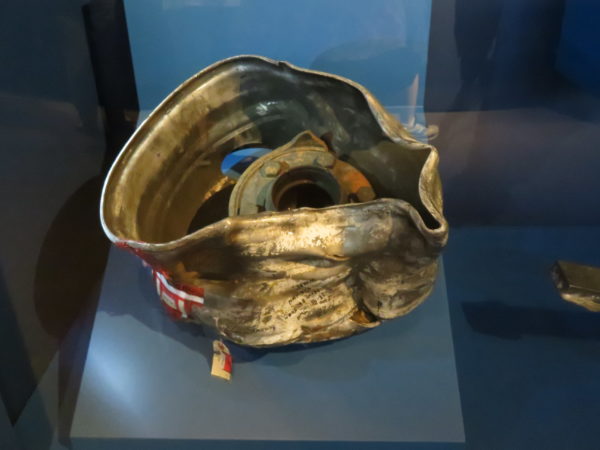
A tire rim from the truck used to transport the bomb
Within two days Timothy McVeigh was found to be associated with the truck rental. He had been arrested just a few hours after the bombing on a traffic violation.
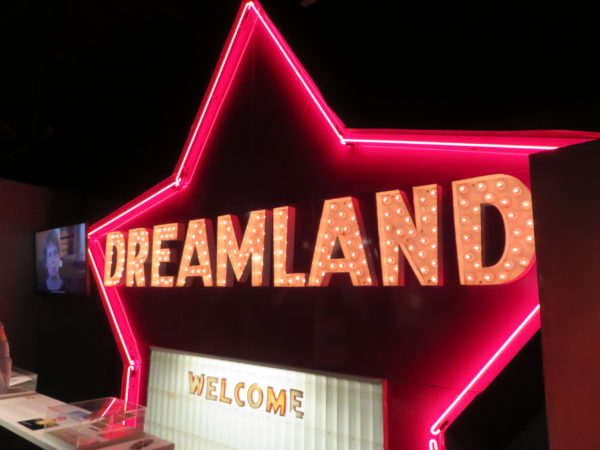
A sign from the motel in Junction City, KA where McVeigh stayed while renting the truck
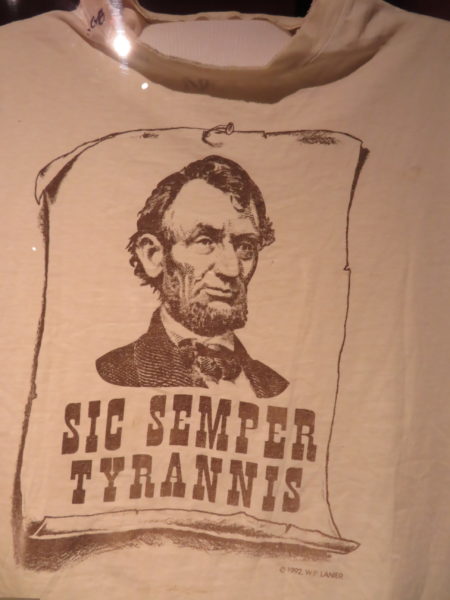
The white t-shirt which was worn by Timothy McVeigh at time of his arrest. The phrase translates as “Thus Always to Tyrants”, the phrase yelled by John Wilkes Booth as he shot Abraham Lincoln.
The museum offers visitors an opportunity to get to know the victims of the bombing with pictures, precious artifacts, and videos from loved ones.
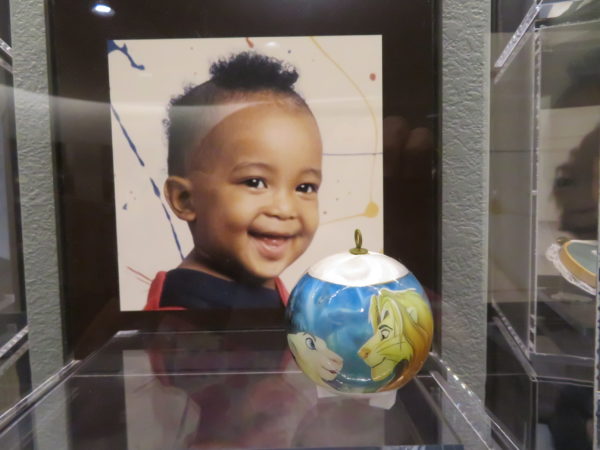
Tevin D’Aundrae Garrett
Outside, empty chairs have been arranged in rows that reflect the floor where the victims were working or visiting. Each is etched with the name of a person killed. Smaller chairs represent the children.
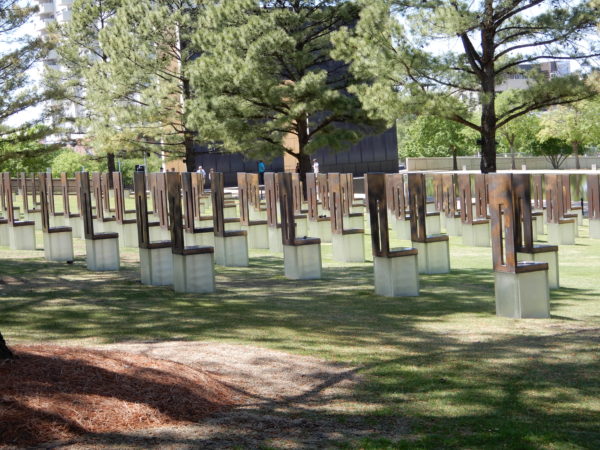
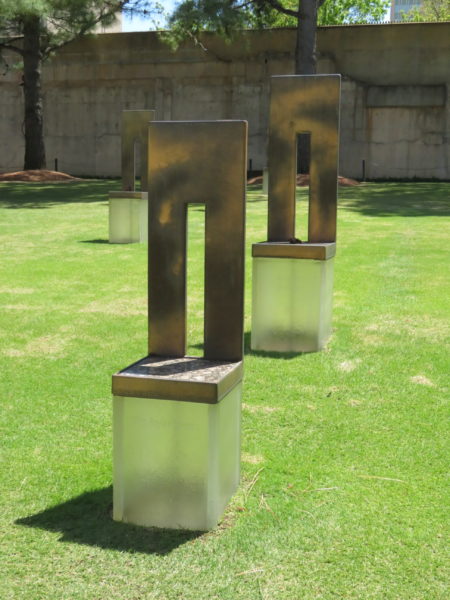
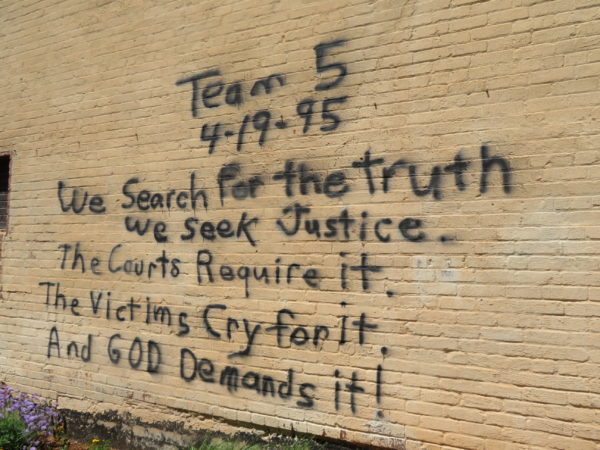
A rescue worker painted the message on this wall.
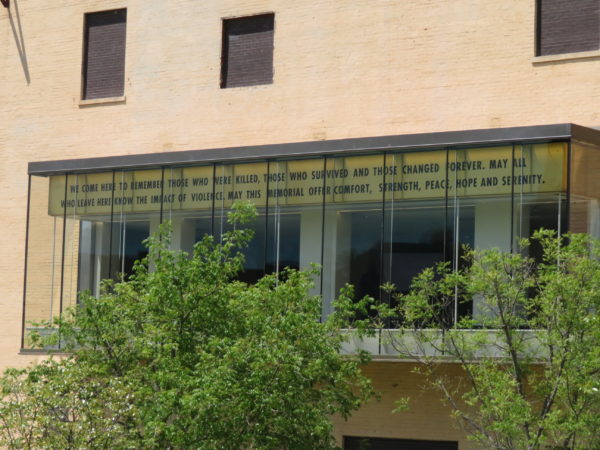
A sign visible from the outdoor memorial reminds visitors of the purpose of the memorial.
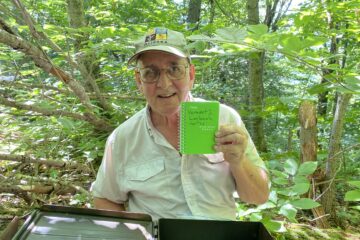


0 Comments